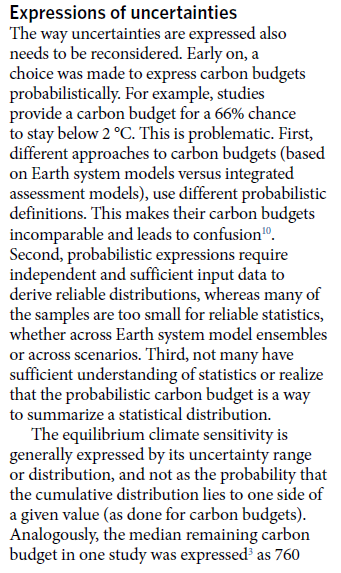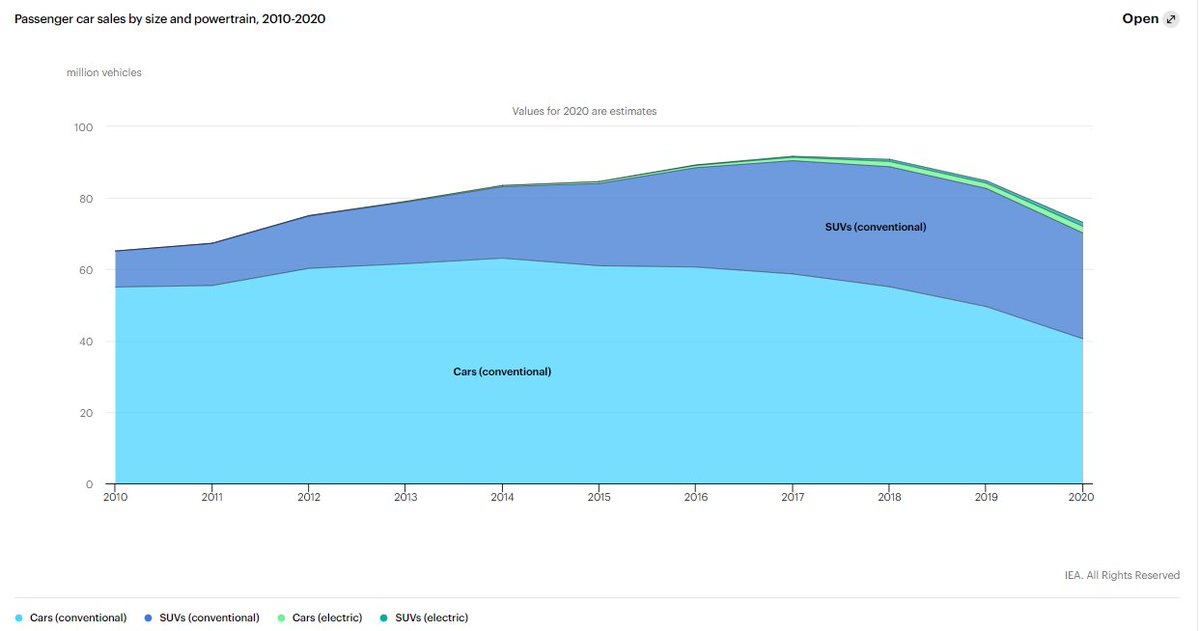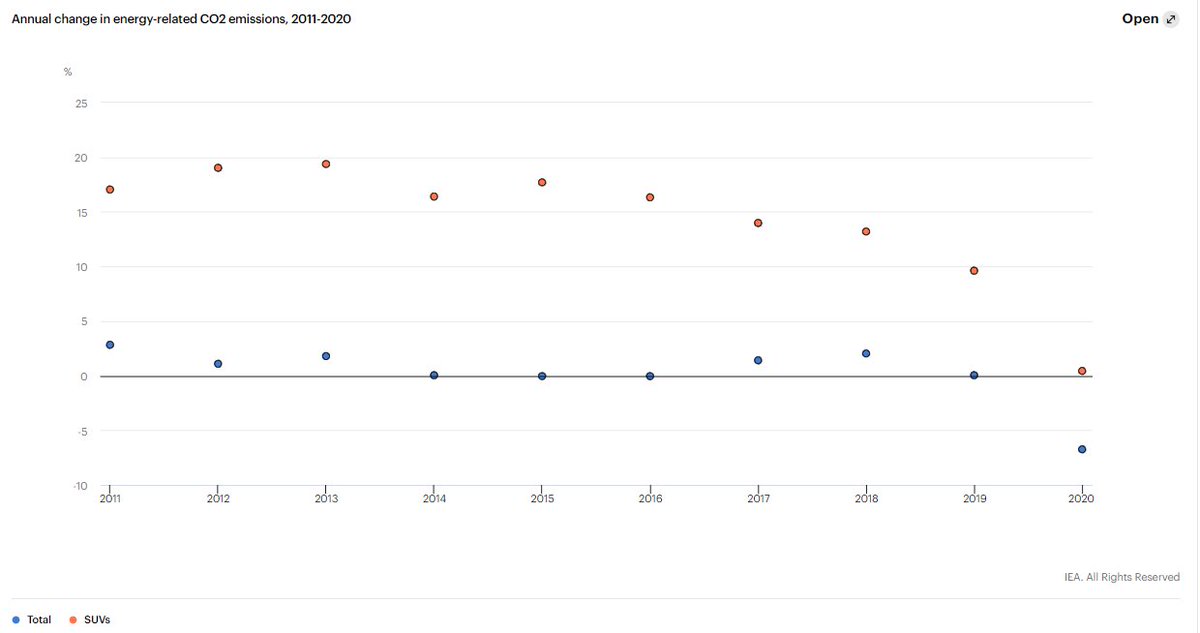
Yes, if you burn a lump of biomass & a lump of coal, the biomass emits more CO₂ (per kg).
That does not mean biomass is worse for climate (unless you are in with the coal lobby).
Coal takes millions of years to replace, biomass from years to centuries.
cicero.oslo.no/no/posts/klima…
That does not mean biomass is worse for climate (unless you are in with the coal lobby).
Coal takes millions of years to replace, biomass from years to centuries.
cicero.oslo.no/no/posts/klima…
When you grow a carrot, & eat it & respire CO₂, you don't march the streets complaining it is destroying the climate. The carrot grows back (& may even degrade the land), but it is essentially a closed cycle (otherwise the planet would have imploded millions of years ago).
If you grow an energy crop, with a rotation of 1 year, it is like growing a carrot. There may be losses in the life cycle emissions, as there is when harvesting & transporting a carrot. Likewise, the land may get degraded. Food production impacts the environment, also bioenergy!
This does not mean the energy crop is "carbon neutral" & saves the climate, but it is not coal.
If you chop down the Amazon, & use it for biomass, it is extremely bad, will take 100s or 1000s or years to replace. It is very far from carbon neutral, getting closer to coal.
If you chop down the Amazon, & use it for biomass, it is extremely bad, will take 100s or 1000s or years to replace. It is very far from carbon neutral, getting closer to coal.
Do you start with bioenergy is potentially carbon neutral & potentially a part of the solution?
Or do you start with bioenergy is worse than coal, so don't even consider it?
Just blocking potential solutions with silly arguments is not going to save the climate!
Or do you start with bioenergy is worse than coal, so don't even consider it?
Just blocking potential solutions with silly arguments is not going to save the climate!
I am reacting to the climate part of this video. I am not saying the Swedish forest model is good or bad. Though, the way of framing the climate part is childish, basically. There is lots to debate on bioenergy, but lets have an adult debate!
https://twitter.com/Peters_Glen/status/1353248672004198401
I wrote this post some four years ago, after another bioenergy is worse than coal report...
[I like my forests, & would rather keep them all intact, but I also like food, energy, etc, & acknowledge there are trade-offs.]
cicero.oslo.no/no/posts/klima…
/end
[I like my forests, & would rather keep them all intact, but I also like food, energy, etc, & acknowledge there are trade-offs.]
cicero.oslo.no/no/posts/klima…
/end
• • •
Missing some Tweet in this thread? You can try to
force a refresh














